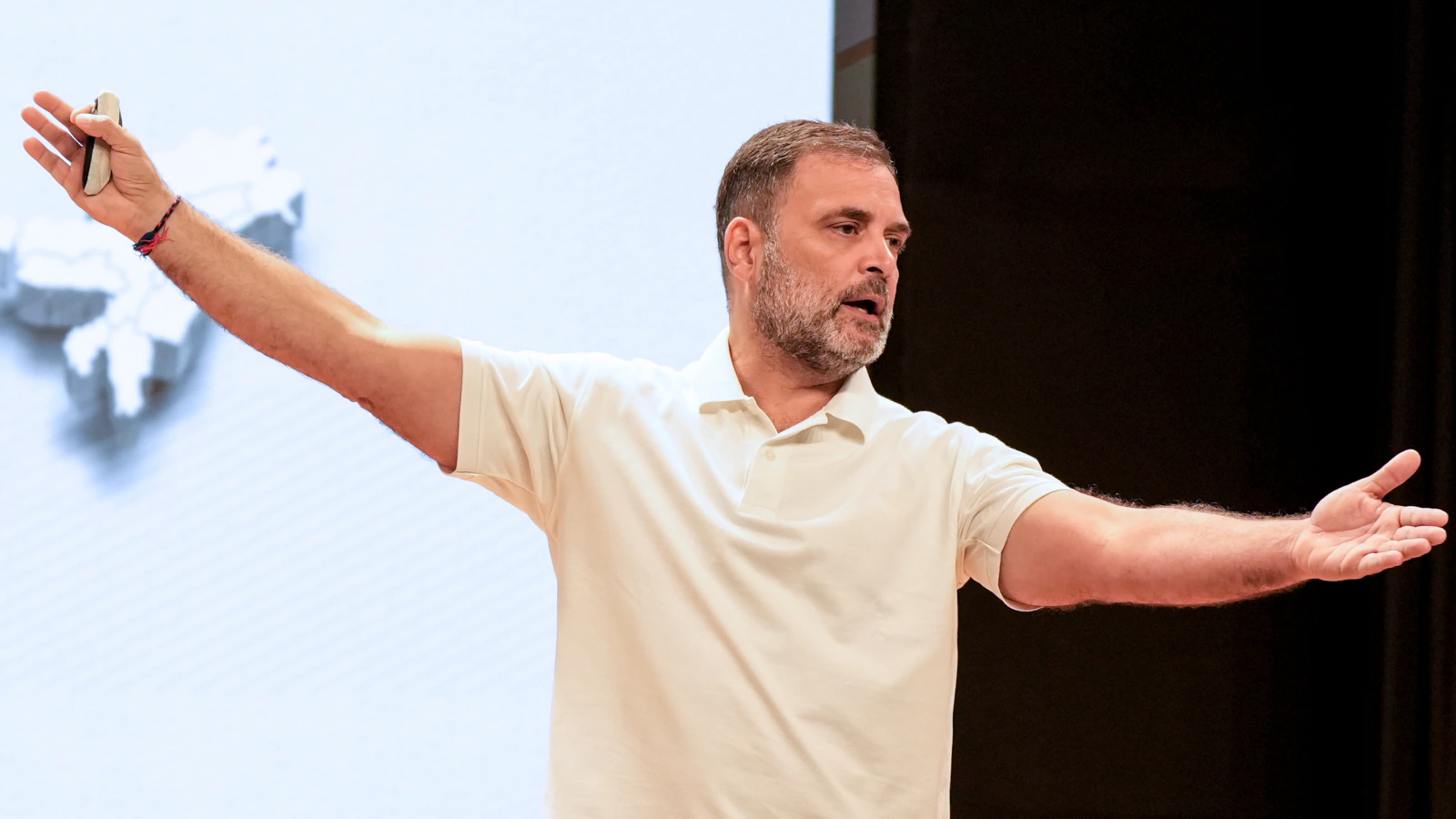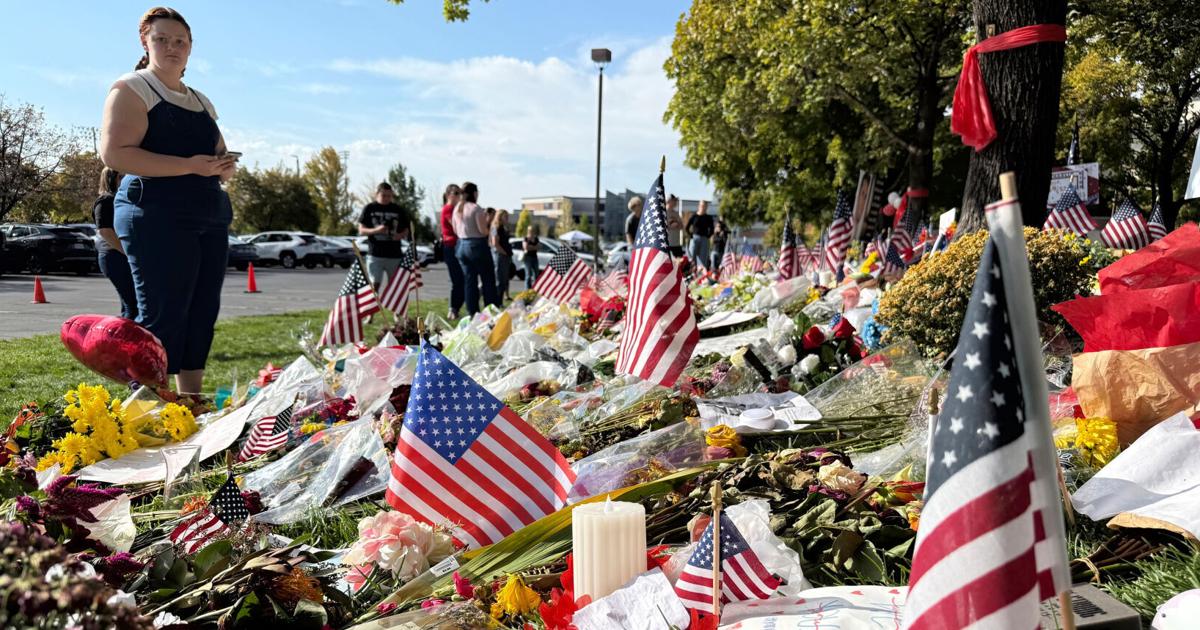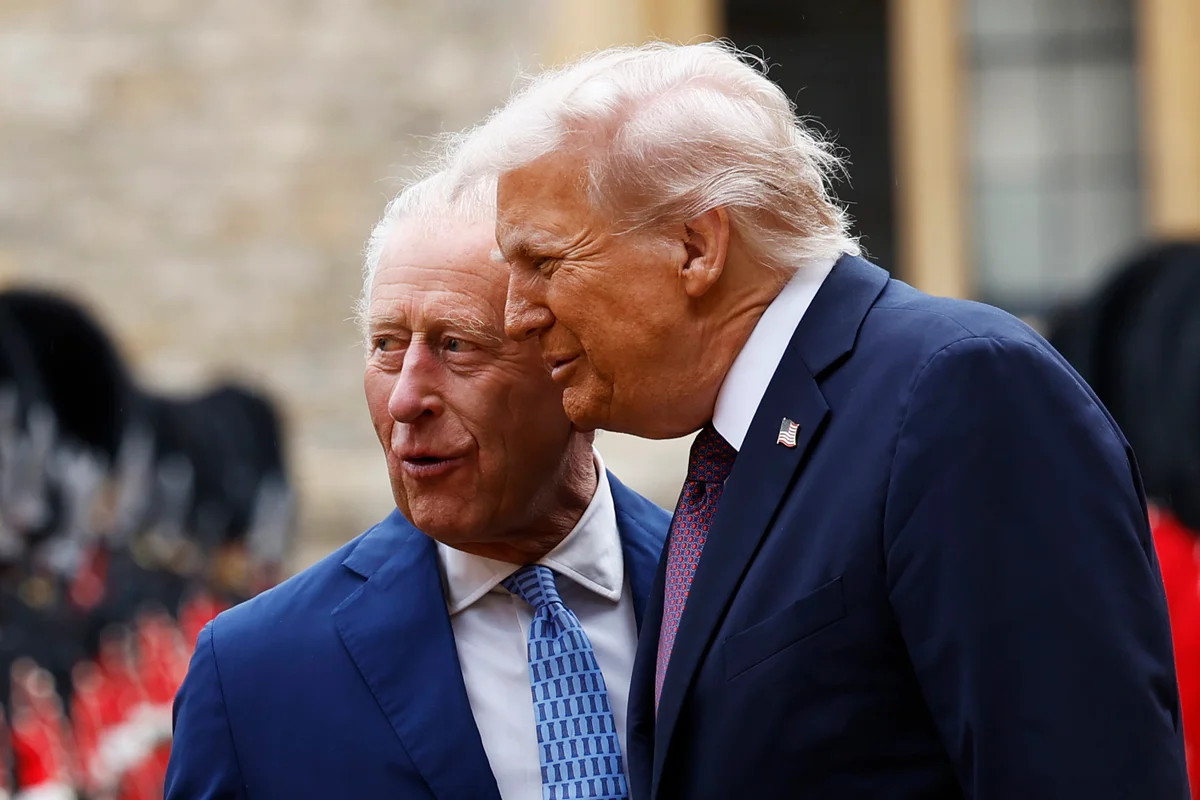By News18,Pallavi Ghosh,Pragati Ratti
Copyright news18

The pictures of the street celebrations in Kathmandu remain stark in public memory. As the kingdom marked the “end of a corrupt and dynastic regime”, what can never be forgotten are the scenes of violence, arson, and deaths that accompanied the movement.
It is against this backdrop that Congress MP Rahul Gandhi’s recent comments at a press conference on vote chori, and his remark that Gen Z would bring change in India (like they did in Nepal), have created a political storm.
Rahul Gandhi posted on X, “The youth of the country, the students of the country, the Gen Z of the country will save the Constitution, protect democracy, and stop vote theft. I always stand with them. Jai Hind!”
While Gandhi didn’t mention Nepal directly, the BJP was quick to react. The BJP has accused him of encouraging violence and argued that his words expose deep contradictions.
After all, the Gen Z-led movement in Nepal was directed against corruption and dynastic rule. For decades, the Congress party has been associated with both — corruption scandals during UPA I and UPA II, and allegations that the party itself is entrenched in dynastic politics, with the Gandhis at its helm. Against this history, Rahul Gandhi’s invocation of a “Gen Z revolution” to change political power in India is being viewed by the BJP as a striking contradiction.
BJP spokesperson Pradeep Bhandari told News18: “Rahul Gandhi is making a dangerous comment, and Gen Z was against corruption and dynastic rule — which is what the Congress is all about.”
Rahul Gandhi is not the only opposition leader to have spoken of parallels with Nepal’s movement. Shiv Sena (UBT) leader Sanjay Raut has also warned that something similar could happen in India and that the BJP should be prepared.
In Patna, JD(U) leader Neeraj Kumar hit back at Gandhi’s comparison, saying: “In countries like Nepal, where politics is driven by religion, such problems have to be dealt with differently. But India is a democracy, it is neither Bangladesh nor Nepal; our people do not accept dictatorial ideas. If one is comparing India with Nepal, they should consider India’s economic strength and the resilience of our people…”
Former BJP MP from Kannauj, Subrat Pathak, in fact, triggered a controversy, saying if revolutions similar to those in Nepal, Bangladesh and Sri Lanka were to erupt in India, the homes of Congress leader Rahul Gandhi and Samajwadi Party chief Akhilesh Yadav would be set ablaze by people.
Congress MP Manish Tewari struck a more cautious note. Posting on X, he observed: “A sophisticated social media campaign has again felled a government in South Asia. Bangladesh now Nepal — who is next?”
Meanwhile, data shows that the very Gen Z voters Rahul Gandhi is attempting to woo are largely backing the BJP and the NDA. Youth votes accounted for about 41 per cent in 2024, and the NDA enjoys around 43 per cent of that share — a decline of just 1 per cent since 2019. With the government’s focus on youth, jobs, and skill development, the BJP remains confident that this support base will not drift away.
The danger for Congress lies in the contradiction Rahul Gandhi’s comments create with his own political positioning. As Leader of the Opposition, he has sought to portray himself as the defender of the Constitution and democracy. Yet, by invoking a “Gen Z movement” as a means of change, he risks suggesting that transformation would come not through the ballot but through street protests — something that does not sit well in a vibrant democracy like India. His repeated allegations of a compromised Election Commission further deepen this contradiction.
Indeed, Rahul Gandhi has often faced criticism from opponents for making divisive remarks that, in their view, embolden Pakistan. By hinting that change must come “on the streets” rather than through democratic institutions, critics argue, he undermines both the Constitution and the principles he claims to uphold. It also risks undercutting his own Vote Adhikar Yatra campaign, which is pitched precisely on the power of the ballot.



